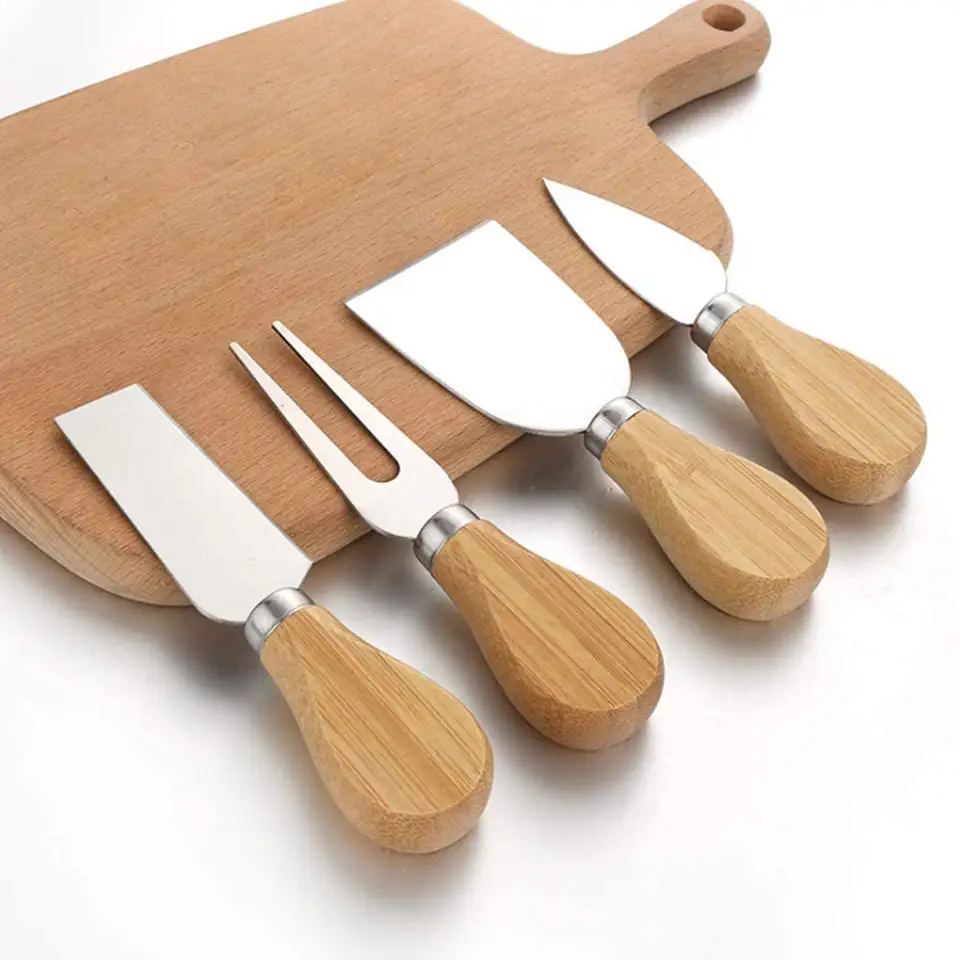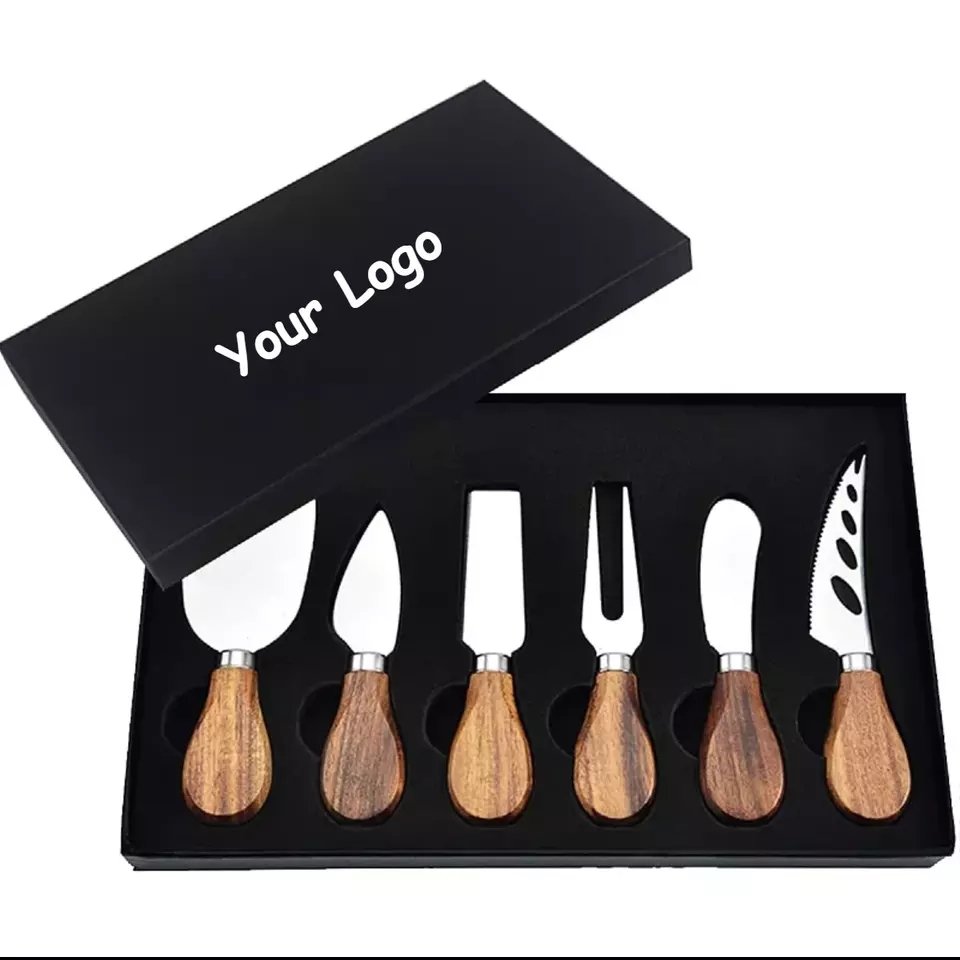Cutlery is an essential part of any restaurant. Choosing the right cutlery can be challenging, especially when deciding where to buy it and what to look for. Here’s a guide to help you navigate this important decision.
Many restaurants source their cutlery from wholesale suppliers that specialize in high-quality, durable options. Wholesale purchases offer a cost-effective way to equip your restaurant with everything needed for smooth operations.
As you consider what cutlery to purchase for your restaurant, understanding what high-end establishments use and why can help guide your choices. Let’s dive into the different aspects of restaurant cutlery.
Table of Contents
Where Do Restaurants Buy Their Cutlery?
Finding a reliable source for restaurant cutlery can make or break your dining experience. Many factors like quality, price, and style should be taken into account when choosing a supplier.
Restaurants typically buy their cutlery from specialized wholesalers or suppliers who offer bulk pricing, variety, and customization options to fit the establishment’s needs.
When it comes to purchasing cutlery for your restaurant, sourcing it from the right place ensures you get the best quality without breaking the bank. Wholesale suppliers are often the go-to option because they offer a variety of designs, materials, and bulk prices. Many restaurants prefer to buy their cutlery from suppliers that specialize in kitchenware and tabletop items. This allows them to have access to a wide range of cutlery suited to their theme, clientele, and budget.
Benefits of Wholesale Suppliers
Choosing the Right Supplier
Wholesale suppliers offer many advantages to restaurants, such as access to bulk pricing and volume discounts. This helps restaurants save on costs, especially when outfitting an entire establishment with the necessary flatware. By purchasing in large quantities, restaurant owners also ensure they have enough cutlery to handle busy hours, high guest turnover, and special events.
| Benefit | Explanation |
|---|---|
| Bulk Pricing | Restaurants can purchase large quantities at discounted rates, reducing costs. |
| Variety | Wholesale suppliers offer a broad range of styles, materials, and designs. |
| Customization | Some suppliers allow customization, such as engraving or branding. |
| Convenience | Many suppliers offer delivery services, making it easier to manage inventory. |

Choosing a reliable supplier can also influence the long-term success of your restaurant. While price is important, quality and customer service should not be overlooked. Some suppliers may offer cheaper prices but cut corners on the durability of their products, leading to more frequent replacements and higher long-term costs. Conversely, a reputable supplier with strong customer support can ensure that you always have the stock you need and help resolve any issues with defective products.
What Flatware Do High-End Restaurants Use?
High-end restaurants don’t just focus on food quality; their flatware choices also reflect the luxurious dining experience they offer. Let’s explore what flatware is typically used in these establishments.
High-end restaurants typically use flatware made from high-quality materials like sterling silver or high-grade stainless steel. The design of the flatware often includes elegant, polished finishes and unique styles.
In high-end restaurants, flatware is much more than a tool for eating; it’s a key part of the overall dining experience. Fine dining establishments select cutlery that aligns with their theme, adds to the ambiance, and complements the quality of their cuisine.
Material Considerations for Luxury Restaurants
Sterling silver is the most common material used for flatware in upscale restaurants. It’s known for its weight, durability, and shiny finish. While sterling silver flatware is more expensive, it adds an element of luxury and sophistication to the dining table. In many cases, high-end restaurants may opt for flatware made of high-grade stainless steel as an alternative, especially when it comes to cost-effectiveness. However, they still choose premium steel that offers similar benefits to sterling silver but at a more affordable price point.
| Material | Features | Price Range |
|---|---|---|
| Sterling Silver | Heavy, durable, resistant to tarnish, luxurious finish | High |
| 18/10 Stainless Steel | Durable, resistant to corrosion, affordable alternative | Medium |
| 18/8 Stainless Steel | More cost-effective, less durable than 18/10, good for casual dining | Low-Medium |

The Design Factor in High-End Restaurants
The design of flatware in luxury restaurants is also a critical consideration. Sleek, modern designs or intricately detailed patterns can elevate the entire dining experience. Many high-end restaurants choose flatware with unique, artistic designs to give the restaurant a distinctive touch. The form and function of the flatware need to be in harmony, with careful consideration given to ergonomics, the weight of the pieces, and how they complement the food being served.
In fact, the visual impact of the flatware can affect how diners perceive the entire meal. For example, a beautifully designed fork or knife might enhance a diner’s experience, even if they are not aware of it. In high-end restaurants, every detail counts—flatware included.
What is Cutlery Called in a Restaurant?
Cutlery is a broad term, but it can be important to understand what exactly is being referred to when you hear it in the context of a restaurant. Let’s explore the different names and terms used in the industry.
In a restaurant, cutlery refers to all the utensils used for eating, including knives, forks, spoons, and serving pieces. Specific terms may vary depending on the style and country.
In the restaurant industry, “cutlery” is often used as a collective term for all utensils that are used to eat food. This includes knives, forks, spoons, and sometimes serving utensils like ladles and tongs. However, some people may use specific terms depending on the function of the utensil. For example, the word “flatware” is often used interchangeably with “cutlery” in casual dining settings, but it refers specifically to utensils like knives, forks, and spoons, excluding serving utensils.
The Importance of Specific Terms in Fine Dining
In fine dining, the terminology can be a bit more specific. For instance, in formal settings, you might encounter terms like “fish forks” or “dessert spoons,” which are used for specific courses. “Tableware” is another term used to describe cutlery as part of the overall dining setup, which includes plates, glasses, and other items used for dining.
| Term | Definition |
|---|---|
| Cutlery | General term for all utensils used for eating |
| Flatware | Refers to knives, forks, and spoons, excluding serving utensils |
| Tableware | Includes all items on the dining table (plates, glasses, cutlery) |
| Fish Fork | A fork used specifically for eating fish |
| Dessert Spoon | A spoon used for eating dessert |
The Role of Cutlery Terminology in Guest Experience
Understanding the different terms for cutlery in a restaurant setting helps in creating an appropriate and professional dining experience. Knowing when to use certain utensils or referring to them by their correct names can make a difference in how guests perceive the restaurant’s attention to detail. Properly using cutlery terminology elevates the service standard and enhances the diner’s overall experience.
Why Are Cutlery So Expensive?
If you’ve ever wondered why restaurant cutlery can seem so expensive, you’re not alone. The cost of cutlery is influenced by a number of factors, including material, design, and craftsmanship.
The price of cutlery often reflects its material, design, and craftsmanship. Higher-quality materials like sterling silver or high-grade stainless steel increase costs, as do intricate designs and custom pieces.
The cost of restaurant cutlery can be higher than expected, and there are several factors that contribute to its price. The material is one of the most significant factors. For example, sterling silver, which is widely used in luxury restaurants, is much more expensive than stainless steel. This is due to the cost of raw silver and the manufacturing process involved in crafting sterling silver flatware. Similarly, stainless steel flatware that is high-quality, like 18/10 stainless steel, costs more because it’s more durable and resistant to rust and corrosion.
The Role of Design and Craftsmanship
Design plays a significant role in the cost as well. Intricate designs, custom engravings, or unique styles will usually increase the price of cutlery. High-end restaurants may invest in special designs that match the overall ambiance of their establishment, which can raise the price point considerably. Handcrafted designs or pieces that involve a high level of artistry also contribute to the increased price.
| Factor | Impact on Cost |
|---|---|
| Material | Sterling silver or high-quality stainless steel raises the cost |
| Design | Intricate designs, custom engravings, and unique styles add value |
| Craftsmanship | Handcrafted or artisan pieces are typically more expensive |
| Brand | Renowned brands often charge a premium for their reputation |
The Trade-Off Between Quality and Cost
Another reason cutlery can be expensive is the craftsmanship involved in making high-quality pieces. Skilled artisans or advanced machinery are often needed to produce premium-quality flatware. For example, hand-forged cutlery or pieces that are polished to a mirror finish can take significant time and labor to create, leading to higher prices.
While it may be tempting to go for cheaper options, especially for large restaurants, the trade-off is usually in durability and long-term cost. Low-quality cutlery may need frequent replacements, which ultimately makes it a less cost-effective choice in the long run. Thus, investing in higher-quality cutlery from the start can help save money on replacements and repairs over time.
Who Makes the Most Expensive Silverware?
When it comes to the priciest silverware, several brands are known for their luxurious offerings. Let’s take a look at the top producers of high-end silverware.
The most expensive silverware often comes from well-known brands like Christofle, Tiffany & Co., and Georg Jensen. These brands specialize in premium materials and exclusive designs.
Several brands are famous for producing some of the most expensive silverware in the world. Christofle, for example, is one of the most prestigious manufacturers of sterling silver flatware and is known for its timeless designs and impeccable craftsmanship. Established in 1830, Christofle creates high-end silverware pieces that are often used in luxury restaurants and royal households.
Comparing Price Points of High-End Silverware Brands
| Brand | Price Range | Materials Used | Notable Features |
|---|---|---|---|
| Christofle | High | Sterling silver, gold | Classic and elegant designs |
The Influence of Brand Name
Tiffany & Co. is another iconic brand in the silverware industry. Known for its elegant designs and premium-quality sterling silver, Tiffany’s silverware collections are highly sought after. The company’s attention to detail and high-quality materials make its pieces some of the most expensive in the market.
Georg Jensen, a Danish brand, is also well-regarded for its luxury silverware. The brand is known for its modern, sleek designs and use of high-quality sterling silver. Georg Jensen’s products are often considered investment pieces, prized for both their craftsmanship and timeless beauty.
These brands, and others like them, offer some of the finest silverware available. Their products reflect the highest standards of design and materials, making them the go-to choice for upscale restaurants and luxury dining experiences.
How Many Sets of Silverware Should a Restaurant Have?
One key question when purchasing restaurant cutlery is how many sets of silverware you should have. The answer depends on several factors, including the size of the restaurant and its volume of business.
A restaurant should have enough sets of silverware to accommodate daily use, with extra sets for peak hours and special events. The exact number depends on the size and type of the restaurant.
When deciding how many sets of silverware your restaurant needs, consider factors like the size of your establishment, the number of guests you serve, and the frequency of high-demand times like weekends and holidays. It’s essential to have enough sets to cover both the regular and peak demand.
Estimating the Number of Sets Needed
As a rule of thumb, you should have at least three to four sets of silverware per guest, especially if your restaurant serves multiple courses. This ensures that you have enough utensils to handle turnover during busy times. For example, during a dinner service, you may need additional sets to accommodate guests between courses without running out of utensils.
| Factor | Recommended Quantity |
|---|---|
| Number of Courses | At least 3-4 sets per guest |
| Peak Hours | Add 10-20% more for weekends and holidays |
| Special Events | Have extra sets available for large gatherings |
Backup Sets for Busy Periods
Additionally, you’ll want to account for backup sets for special events or busy nights. Having a reserve stock of silverware can help you avoid running out of essential items when the restaurant is at full capacity. As a general guideline, consider ordering 10-20% more silverware than your daily usage rate.
Choosing the right cutlery for your restaurant requires careful consideration of material, design, and durability. By understanding your needs and sourcing from reliable suppliers, you can enhance the dining experience for your guests.





